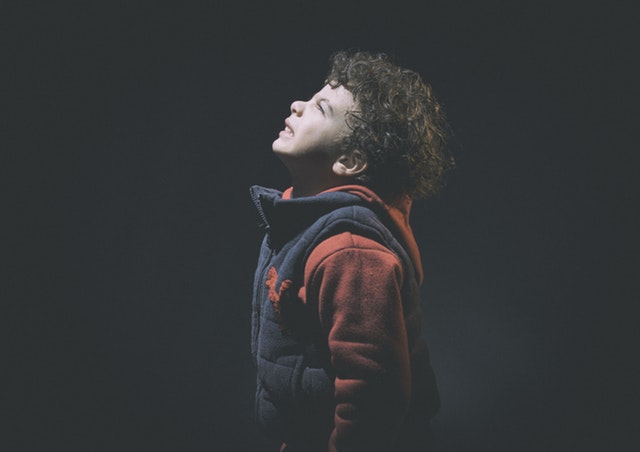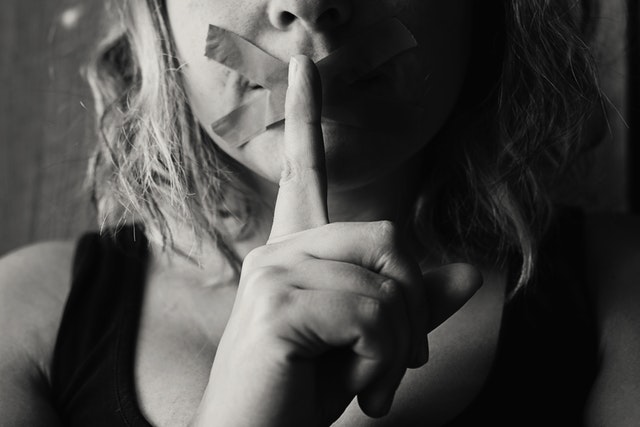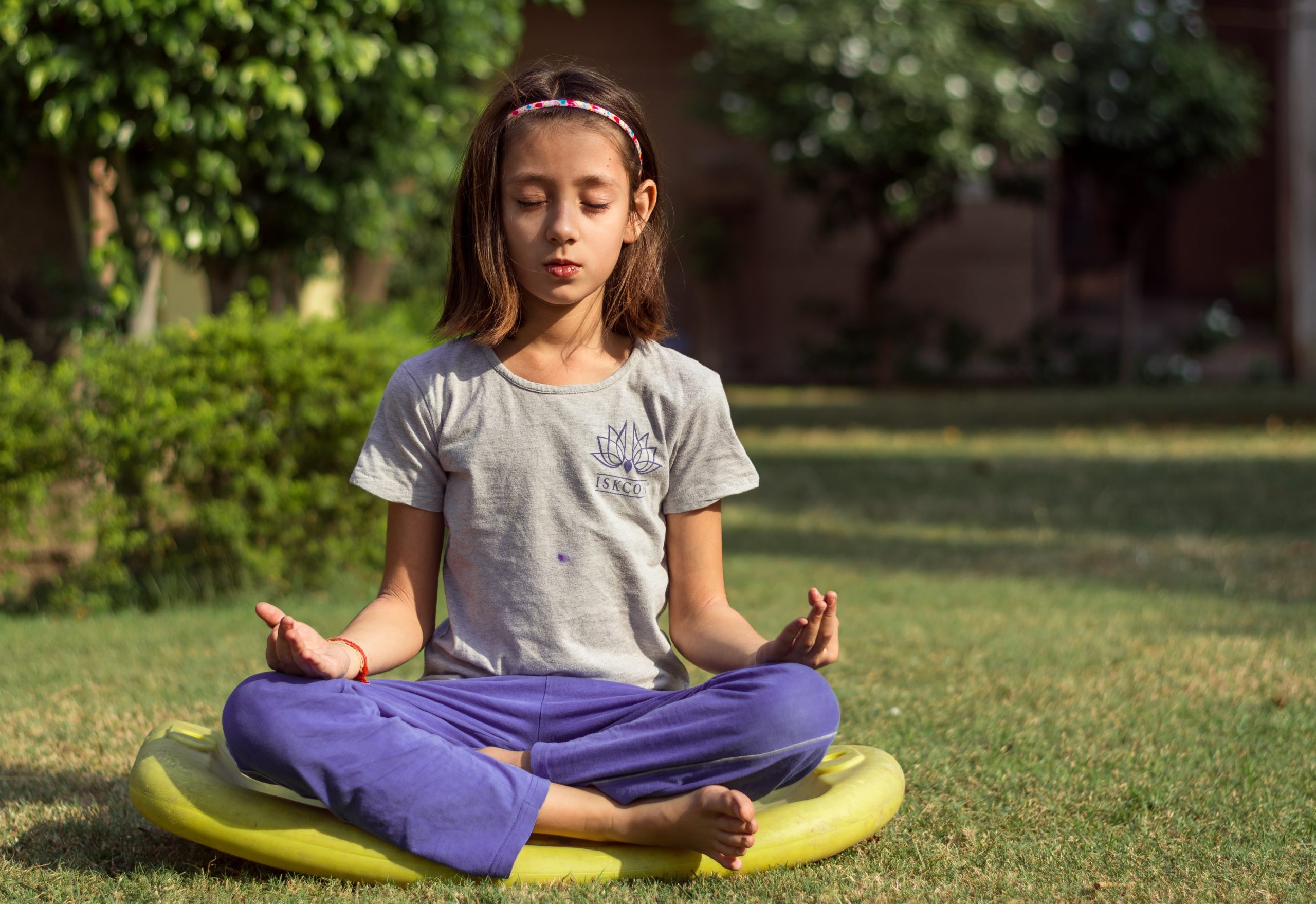Quirky.
Has some odd habits.
Quite controlling.
These are inaccurate ways to describe a child or adolescent with Obsessive Compulsive Disorder (OCD). As I discuss in this video, the nature of OCD is that it IS very distressing. It gets in the way of kids enjoying a normal life. People seek treatment because more and more of life is getting taken up by the symptoms of OCD.
The obsessive material in children can be a bit unclear. Unlike adults who frequently have taboo, horrendous and violent images and thoughts, children may describe an “awful feeling”. Compulsions are where we really see OCD from the outside. Children may rub objects, line things up in a certain order, count, repeatedly wash their hands or do a series of back and forth motions. Sometimes you can notice a child repeatedly get in and out of a chair or go through a doorway multiple times.
Anyone who has ever played the “step on a crack, break your back” game or had a certain “good night, sleep tight” saying, knows that children enjoy rituals. However, when rituals are time consuming, upsetting or a child has an explosive reaction when they are interrupted, it may be a sign that they are suffering from OCD.
Because the things we see on the outside can appear…well a little strange…OCD often goes along with secrecy and a sense of shame.
Two Common Features of OCD in Children
Around 2-4% of children suffer from OCD. OCD in children frequently occurs with two challenges: comorbidity and family involvement in the problem.
Comorbidity means that OCD can go along with other problems like tics or attentional difficulties like ADHD or even disruptive behaviours.
Sometimes children with severe OCD will do anything (including shouting, yelling and hitting) to get out of doing what distresses them.
Accommodation is the term Clinical Psychologists use for the second characteristic. It refers to how family members might change their behaviour in response to the child’s OCD symptoms. This can involve children requesting (and when I say ‘requesting’, often it is demanding) reassurance from their parents.
Parents can end up participating in a ritual and actually being the person who completes the compulsion. It can be very hard for parents to extricate themselves from these highly charged interactions. It can feel like OCD is taking over the entire household.
The good news is that treatment (a CBT approach known as exposure-response prevention) is very effective. Sometimes this behavioural treatment occurs along with taking medication. The medication is usually an SSRI which is actually a type of anti-depressant.
CBT occurs in a planned and structured way.
To the child it is often described as “training” or “bossing back the OCD”. There’s no doubt it is a difficult and fairly technical type of treatment. It is active and not just “talking about feelings”. Parents can expect to be involved in the appointments.
If your child has – or you suspecct they have – OCD, consult a mental health professional. As always, make sure that you check their qualifications on the AHPRA website.
Here at Anxiety Solutions CBT we offer a range of services, including CBT therapy and comprehensive mental health assessments, which can aid you and your child through diagnosis and management of their OCD. You can learn more about the assessments we offer by clicking here, you can contact us or call us on 02 9328 5899 to find out more.






